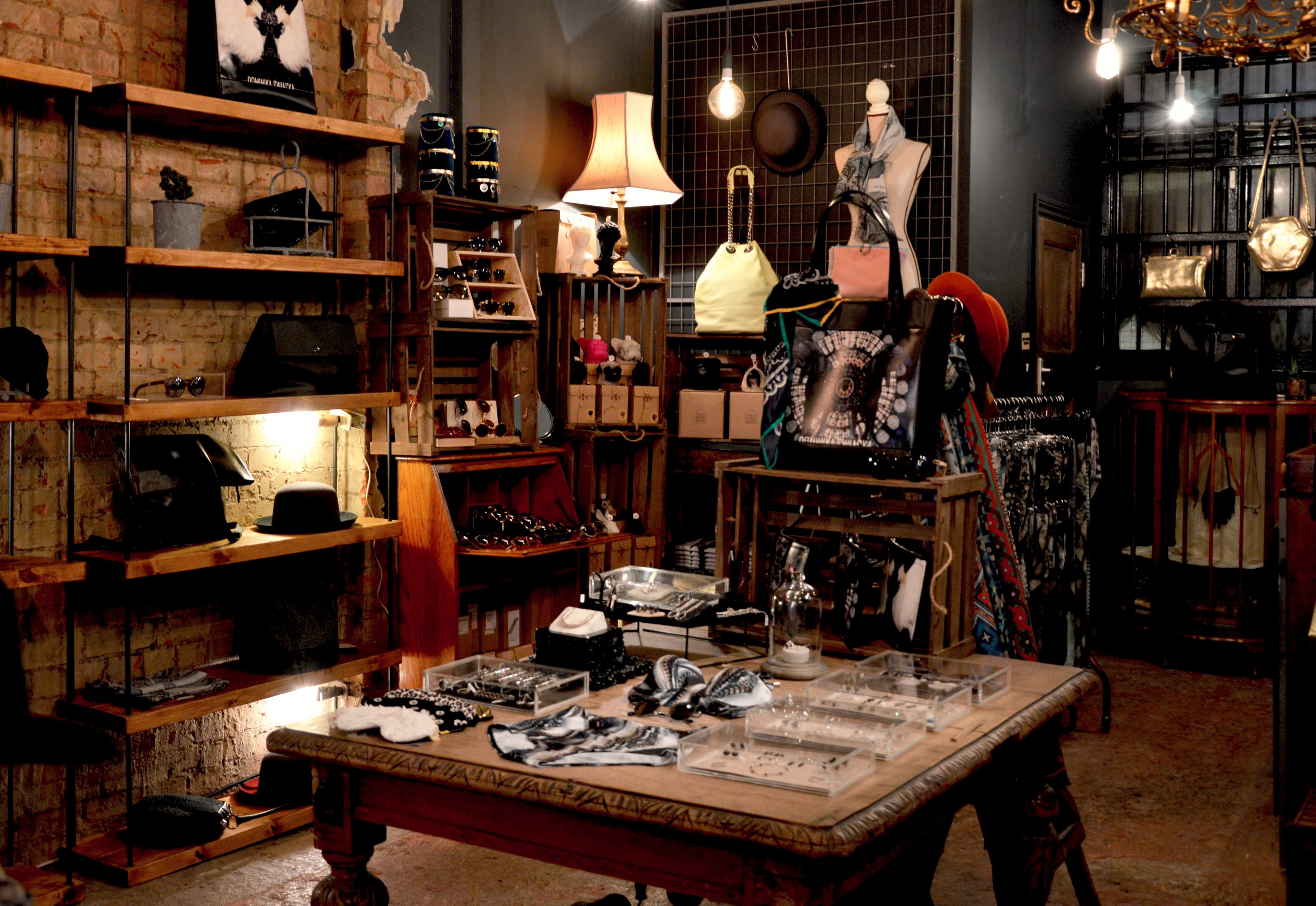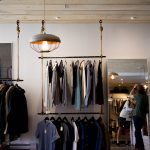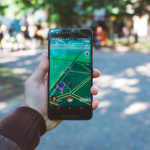5 POP-UP TRENDS TO FOLLOW IN 2019
Since the advent of the internet, many things in our lives have changed. Over the past decade, retailers have been battling a dual transformation. Expanding their business onto the digital world while trying to reinvent their physical spaces. These are 5 pop-up trends to follow in 2019.
Some companies have started to suffer from a cannibalistic effect, as their consumers bought more online than in their physical stores. However, the death of the brick-and-mortar has never really arrived.
//Trailblazers showing us the way: from Experiential Marketing to Customers’ Emotions
Visionary and forerunner retailers have been able to read the signals. Understanding what customers need, offering a new dimension to the offline experiences.
Technology has always played a disruptive effect on the way we live. The advent of the internet has not been different. And just when we were getting used to managing many aspects of our lives from our phones, the need to disconnect and connect with other people created a new set of customers’ expectations. Today, to seize consumers’ attention and loyalty, brands must deliver an effortless experience. Merging digital and physical, using digital technologies to enhance the physical experience. This is where pop-up stores create an added value that companies should not underestimate.
//What is a pop-up store exactly?
A pop-up store is an innovative and short-term experience, mostly one time only.
The growth of experience-related services has gone up 1.5 times faster than overall personal spending (McKinsey&Company, 2017); the constant connection with social media has reinforced the fear of “missing out” for the mobile-first generation. The Experience Economy is, indeed, characterised and powered by this fear. Millennials now invest more in memorable experiences, prioritising time for highly aesthetic and live events. For 73% of this generation, participating in live events is a form of self-expression (Eventbritte.com). Also, GenZ, the first digital native generation, have a preference for physical events.
“Customers’ time is the new currency, not money. What they buy is just the souvenir of the experience.“
This scenario opens up incredible opportunities for several actors of the economic systems. Pop-up stores, which naturally hover between online and offline, can provide that emotional experience that consumers are seeking. These temporary types of stores generate an exciting high expectation that, when properly marketed, can rapidly capitalise people’s attention first through social media platforms and then through physical traffic.
The consequence is that pop-up stores show how retail can be revolutionary as the interest and need of several key players are coming together. When established brands decide to pop up, they have a new array of possibilities to reinvent themselves and connect with their customers. In contrast, young brands have a more natural environment to express their creativity. And event or creative agencies have a new array of products to offer. Last but not least, property owners give a new life to their empty spaces.
Once that we have determined that retail is not dead but that consumers’ expectations are just more complex than 20 years ago, what should we do? Have some fun! Pop-up retail stores are the perfect solution to offer consumers the unexpected, playing with technology, design, concepts, creativity, and, last but not least, with their emotions.
//What is happening in the Pop-up world? 5 Pop-up trends to follow in 2019
-
Omni-channel behaviour:
Multi-channel shoppers spend three times more than single-channel shoppers (Euro IT groups). Using more than one channel to search for the products and services they need. Integration of both is essential not to lose their interest, offering a holistic and smooth experience. Vibbo is an online platform that sells second-hand clothing. It decided to open a pop-up to ease the exchange of goods between customers. But also created an opportunity to get to know their customers better. Helping them with possible questions about the platform and the overall user experience.
-
E- as Experience, E- as Emotion:
43% of consumers prefer to spend their money in a store that offers a meaningful or unexpected experience. The fear of missing out on events that are significant for peer groups drives their desire. This is followed by showing it on social media and capitalising it with “Likes”; therefore, the quest for curated and highly creative events. Pantone, not only decides which colour is trendy each year, they make us taste it. Have you ever wondered what the taste of Millennial Pink colour is? Ask Pantone! By stepping out of their typical business model, they sell a menu of pastries, lunches, coffee, and beverages branded with Pantone’s signature colour and shades. Every summer, this pop-up creates vast press and traffic on social media. It allows Pantone to have different exposure and to reach out to a more extensive range of consumers. #tastethecolor
-
Hyper-personalisation:
nowadays, demographic characteristics are blurry. Consumers don’t want to be grouped by definitions. They want to experiment with their identity. They want to feel like individuals. No matter age, race, gender, faith, size, or ability. These positive outlets are challenging companies and brands to focus on a ‘new customer-centred experience’ based on self-expression. Solve, a creative agency, decided to recruit their interns in a more creative way: through a pop-up office! Pop-up ideas are suitable not only for stores but for every business that desires to connect differently… Solve created a replica of their office and placed it on campuses. Students had 5 minutes challenge to present themselves based on their area of interest. Those who performed well were invited to an interview. Eventually, they hired 2 of those interns.
-
Ad-hoc retail:
consumers are becoming more aware of the environmental impact of the products they use. Urbanization and mini-living have further pushed consumers to be very specific about what they buy. Companies are thinking about strategic ways of offering ad-hoc services and products more efficiently. The final goal is to avoid dealing with surplus products. BarkShop Live goes micro: an online shop for dogs’ products opened a pop-up store dedicated to their furry customers. A vest tracked the dogs’ movements and behaviour while trying out new toys. The company gathered useful information to understand what their consumers like. They contacted the owners by providing useful tips based on the data gathered by the vests. #BarkShopLive
-
Ethos connection:
consumers are more willing to shop from a company that shares their same set of values. Or from a company fighting or supporting a cause they considered important. Transparency is a significant value. Customers want to feel “they are part of something”. Millennials, in particular, are willing to spend more on a product if it comes from a sustainable brand. Lush is not only fighting animal-tested products but, through a new pop-up concept in London, offered its consumer an exclusive range of 100% organic gender-neutral clothing and accessories. In line with the companies values, some of the clothes promoted causes connected with environmental issues, conservation, animal rights, and gender equality, among other ethical campaigns.
//Gives away: what is next?
If you want to grow your business and get in contact with users and consumers, keep in mind these few but fundamental points that we can find back in the 5 pop-up trends to follow in 2019:
By definition, pop-up store hoover between the online and the offline world. They create the perfect set to offer a seamless omnichannel experience. An integrated touchpoint where the consumer can play with technology such an AR while touching the products they’d like to buy;
By structure, pop-up stores are unexpected and disruptive concept stores. You can seize consumers’ attention by creating a magical and temporary experience where face-to-face interaction is optimised. And provide the perfect setting to collect data, with the aim to personalised products and services.
By location, pop-up shops can connect with a micro group of the society that big stores won’t ever reach. Meeting customers in their neighbourhoods is a straightforward way to get to know them.
Do you have an idea in mind and need some help in making it come to life? Please get in contact with us.
We are a group of experts and creatives that will make any dream come true!




